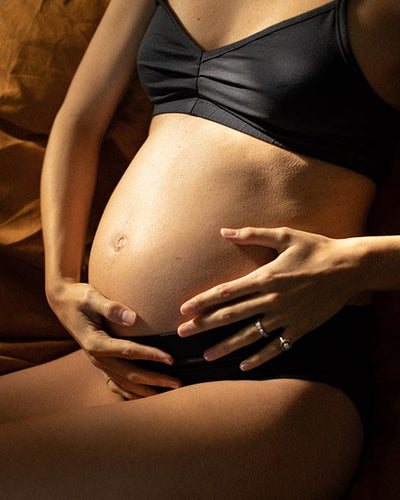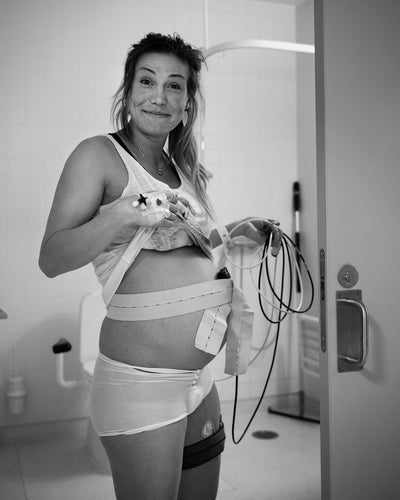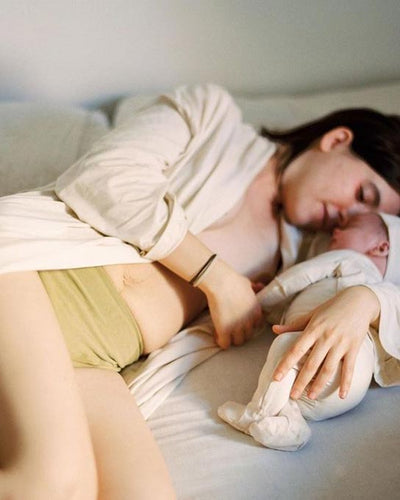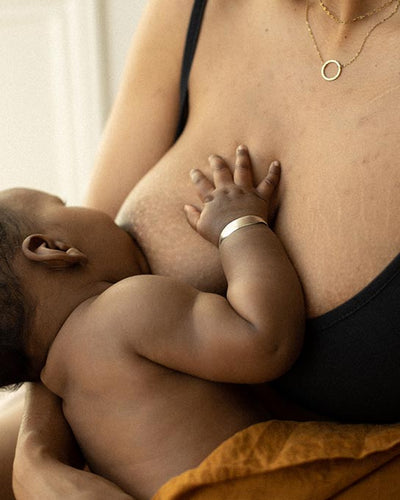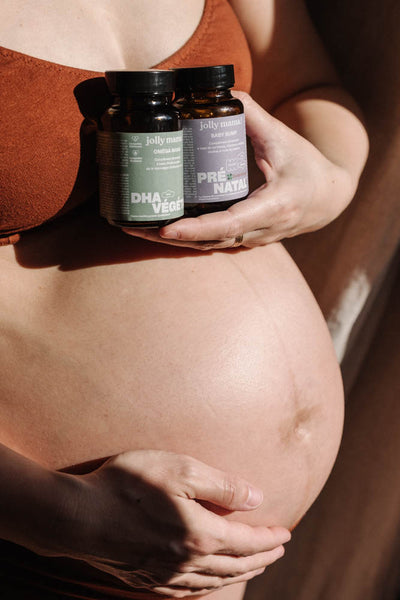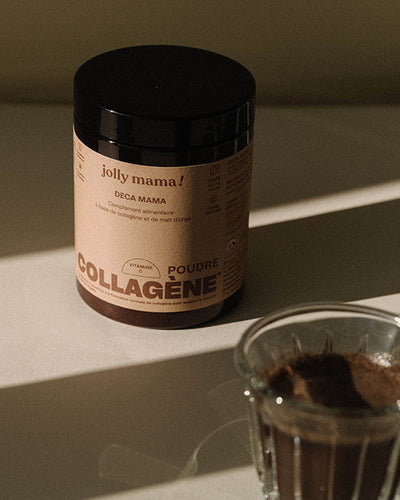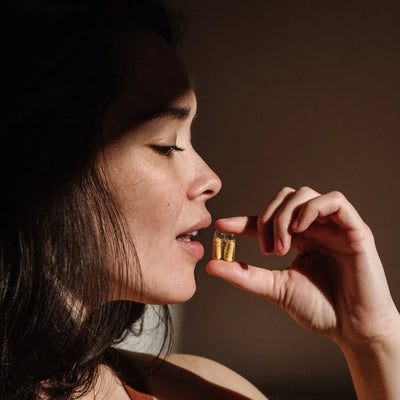Le fer dans les aliments
La biodisponibilité du fer provenant de l'alimentation a été estimée en moyenne à 14-18% pour les régimes mixtes et à 5-12% pour les régimes végétariens [17].
Il existe deux types de fer alimentaire : le fer non héminique, présent à la fois dans les aliments végétaux et les tissus animaux, et le fer héminique, qui provient de l'hémoglobine et de la myoglobine dans les aliments d'origine animale. Le fer héminique est mieux absorbé par l’organisme que le fer non héminique, ce qui fait que les personnes végétariennes ou vegan sont plus susceptibles d’être carencées en fer.
Quelques aliments riches en fer :
Foie (attention pendant la grossesse au foie pour sa teneur en vitamine A, vous pouvez consommer 40g de foie de morue, poulet ou lapin, mais évitez les foies de veau, génisse, dinde et agneau), par exemple le foie de volaille contient 12 mg de fer pour 100g
Viande rouge (attention à la choisir de qualité, bio de préférence)
Agneau contient 12.4 mg de fer pour 100g
Certains fruits de mers (à consommer impérativement cuits pendant la grossesse), par exemple les palourdes cuites contiennent 10 mg de fer pour 100g
Graines (sésame : 15 mg de fer pour 100g, lin : 10 mg, chia : 8 mg)
Les légumes contiennent en moyenne 7 mg de fer pour 100g (lentilles, haricots, fèves)
Comment améliorer l’absorption du fer ?
Certaines molécules ou nutriments vont inhiber l’absorption du fer. Par exemple, les phytates (que l’on trouve notamment dans le café), vont diminuer l’absorption du fer et ce d’autant plus qu’il y a de phytates [18].
Les polyphénols peuvent également jouer sur l’absorption du fer mais cela va dépendre du type et de la source alimentaire. Par exemple, ceux du thé noir inhibent l’absorption du fer de façon plus forte qu’avec les tisanes [19] et le chili inhibe l'absorption du fer mais pas le curcuma alors qu’il contient plus de polyphénols [20] !
Les protéines animales, telles que les protéines du lait, les protéines de l'œuf et l'albumine, inhibent l'absorption du fer non héminique [21].
A l’inverse, la vitamine C quant à elle améliore l’absorption du fer et permet de surmonter l'effet négatif de tous les inhibiteurs sur l'absorption du fer [22]. Son influence peut être moins prononcée dans les repas à haute disponibilité en fer, ceux contenant de la viande, du poisson ou de la volaille [23].
Qu’en est-il des compléments alimentaires de fer ?
La forme de fer des suppléments va jouer sur l’absorption du fer et ses effets sur les intestins. Le principal inconvénient des sels ferreux traditionnels est la fréquence des effets secondaires gastro-intestinaux tels que nausées, vomissements, coliques abdominales et constipation.
Il apparaît que le fer bisglycinate est la meilleure forme de fer pour la supplémentation. Sa biodisponibilité (qualité que possède un nutriment à pouvoir être absorbé par la muqueuse intestinale et à être utilisé efficacement) est de 90.9% [24]. Les études, notamment sur des femmes enceintes, montrent qu’il permet d’augmenter les niveaux de fer plus efficacement et ce sans effet secondaire comparé aux autres formes de fer [25][26].
Par exemple, une étude a montré que la supplémentation avec 15mg de bisglycinate de fer contre 40mg de sulfate ferreux était plus efficace pour améliorer le statut en fer sur un groupe de 150 femmes enceintes [27]. Une déplétion en fer a été constatée chez 30,8% des femmes traitées par le bisglycinate de fer contre 54,5% des femmes ayant consommé du sulfate ferreux.
Bonus : le fer apporté dans les suppléments n'a pas besoin d'être couplé à de la vitamine C pour améliorer son absorption [28] !
Cependant, il ne faut pas se supplémenter à l’aveugle en fer pendant la grossesse. Il est nécessaire pour les femmes enceintes de connaître leur statut de fer pendant la grossesse. Pour les mamans qui ont besoin de renforcer leurs réserves de fer, la quantité nécessaire peut varier considérablement d'une personne à l'autre. Pour que ce statut soit correctement évalué, des analyses biologiques sont nécessaires et exigent une interprétation rigoureuse.
Nos produits riches en fer
Iron Mama, notre complément fer femme enceinte, permet de couvrir 100% des apports journaliers recommandés en fer dans 1 seule gélule seulement. Fini les inconforts associés aux gélules de fer, avec notre bisglycinate de fer FerrochelTM, nos gélules combinent absorption optimale et confort digestif. Il peut être pris en plus de notre complément alimentaire grossesse, qui ne contient pas de fer afin de se supplémenter uniquement en fonction de ses besoins.
Notre snack grossesse Croquantissime contient 7mg de fer bisglycinate, ce qui permet de couvrir 50% des apports journaliers recommandés en fer !
Notre granola Granochoc contient également 7mg de fer bisglycinate pour 100g.

